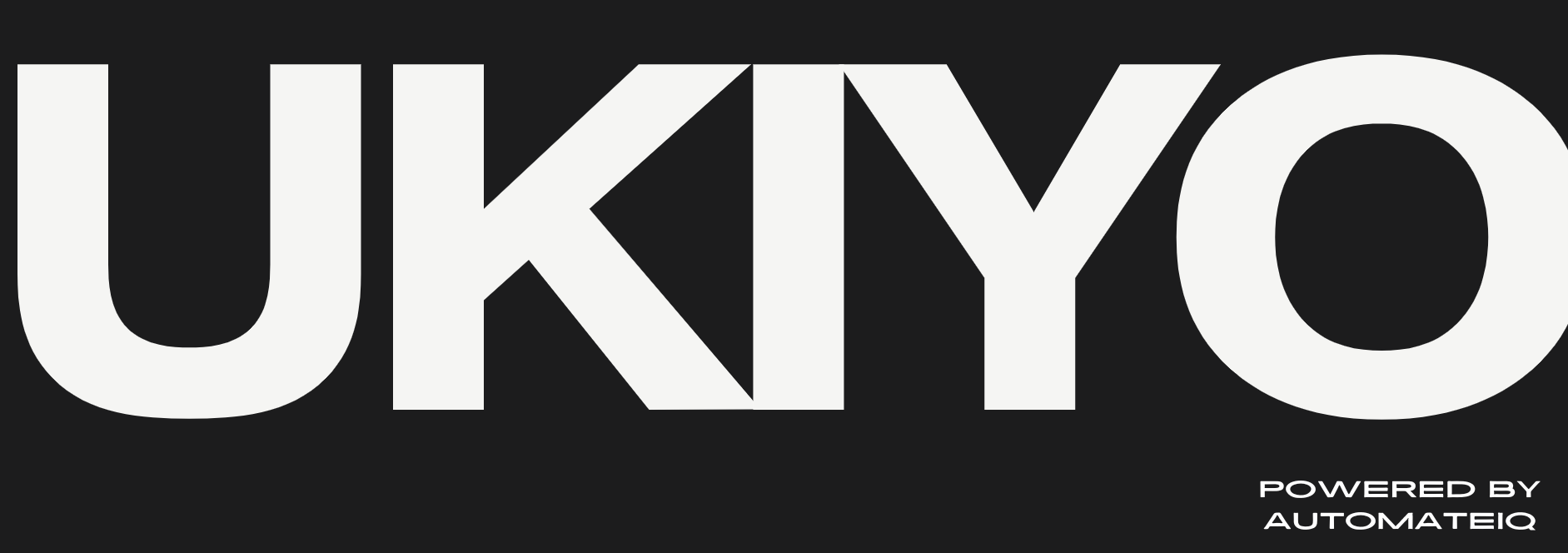Visual trust is the subconscious response that tells a potential customer whether or not they can believe in a brand. It happens within seconds, shaped by color, spacing, typefaces, imagery, and layout flow. As more brands adopt similar aesthetics to meet performance standards, differentiation is increasingly difficult. The challenge is to build credibility without blending into the noise.
This post unpacks how brands can build visual trust in a saturated market—by anchoring their design systems in authenticity, clarity, and emotion. It also explores how automation, conversion-focused design, and narrative visuals support originality and consistency at scale.
Why Visual Trust Matters in 2025
Visual trust is more than how a brand looks. It is how the design makes people feel. This emotional response impacts perceived professionalism, product value, and the likelihood of engagement. Research from McKinsey & Company shows that design-led organizations outperform competitors by up to 32 percent in revenue and shareholder return. Design isn't just decoration—it shapes conversion paths and brand equity.
For emerging businesses, visual credibility becomes even more essential. Without the clout of enterprise scale, design is the first—and sometimes only—opportunity to communicate legitimacy. This applies across digital ecosystems, whether through a landing page, Instagram grid, onboarding email, or product packaging.
The Illusion of Originality: Why So Many Brands Look the Same
The rise of design systems, Canva templates, and high-converting UI kits has led to a homogenization of visual identity across sectors. While these tools offer speed and accessibility, they often sacrifice originality. Brands using the same sans-serif fonts, washed-out gradients, and minimalist icons lose their ability to stand out—even if they look good.
One of the driving forces behind this convergence is data. Many founders select their visual approach based on performance design patterns. While these patterns may deliver short-term engagement, they do little to foster brand memorability or long-term customer attachment. Performance design without personality can quietly erode brand value over time.
Balancing Consistency With Character
Visual trust is built through consistency, but it’s sustained through character. Audiences need to recognize a brand’s design system, but also feel something from it. This is where many growth-focused brands fall short. In the effort to optimize UX and speed up design cycles, they often strip away the very traits that make a brand feel human.
Visual consistency includes repeated use of typography, color, spacing, and layout logic. Character involves cultural references, artistic influences, material textures, motion, and unexpected elements. Great brands do not abandon structure—they layer personality on top of it.
Ukiyo Productions builds this philosophy into its branding and content systems, helping clients maintain clear, scalable identities while preserving individuality. This approach ensures visuals align with UX goals without becoming generic.
Building Trust Through Visual UX
User experience is a crucial entry point for trust. A visually coherent, fast-loading, and intuitively structured interface reduces user friction and increases perception of authority. According to Backlinko, websites with strong visual UX score higher in both time-on-page and return visits.
Founders should pay particular attention to:
-
White space and breathing room, which reduce visual clutter
-
Hierarchical typography, to guide the eye
-
Mobile responsiveness, especially in commerce and portfolio sites
-
Accessibility and contrast, to ensure inclusive experience
An example is a boutique fitness platform that revamped its landing page with accessible fonts, improved visual pacing, and mood-consistent color. Within four weeks, conversion rates rose by 21 percent, largely attributed to reduced bounce and higher clarity on benefits.
Visual Systems That Scale Without Dilution
To avoid design chaos as a brand grows, visual systems must be documented and repeatable. This doesn’t mean locking into one aesthetic forever; it means defining rules that preserve brand feel even when creating at scale.
Modular design systems allow for freedom within boundaries. They include:
-
Predefined layouts for ads, stories, emails, and posts
-
A brand “voice” for visuals, outlining tone, personality, and motion
-
Libraries of icons, animations, photo filters, and interaction states
This framework empowers teams to work faster and stay visually aligned. For brands running multiple launches or managing influencer partnerships, this becomes a critical efficiency layer.
The Marketing Branding Mastery toolkit provides templates and systems that help teams operationalize this approach.
Story-Driven Visual Identity
In a content-heavy market, story is often the differentiator. Visual trust deepens when the design reflects a coherent narrative. This can include origin stories, mission alignment, founder perspective, or cultural ties. Instead of creating visuals from trends, brands should anchor them in their own truth.
Take the case of a travel accessories startup inspired by street photography. Every visual asset—from packaging to product photos—used composition and lighting reminiscent of documentary-style images. This created not only recognition, but emotional realism. Buyers associated the product with memory-making rather than utility.
Story integration works best when:
-
Color palette is derived from core emotion (e.g., calm, energetic, nostalgic)
-
Photography style aligns with narrative tone (e.g., raw, dreamy, editorial)
-
Motion graphics match product purpose or value proposition
Narrative-rich design deepens brand memory and increases retention across channels, especially when combined with consistent publishing rhythm and social engagement.
Avoiding the Template Trap With Automation
As brands scale content output, they often fall back on repetitive layouts. Automation can help avoid this trap by integrating dynamic visuals into content workflows. AI tools like Canva’s Magic Design, Runway’s video editing, and Figma's plugins enable rapid iteration without sacrificing uniqueness.
Using conditional logic in automation tools such as Zapier or Make, brands can:
-
Auto-tag visual assets based on theme or color
-
Deploy branded designs to social media or email flows
-
Test visual variations and track engagement performance
This balance of automation and creativity is where visual systems thrive. It reduces manual workload while protecting brand distinctiveness across formats.
Cultural Awareness in Visual Expression
Trust is cultural. What feels premium or reliable in one region may seem overly corporate in another. This makes visual localization vital for brands reaching international or diverse audiences. Visual cues should be tested against audience expectations, regional motifs, and subcultural aesthetics.
An example from the hospitality industry illustrates this well. A boutique hotel group developed location-specific visuals, using architectural motifs, color theory based on regional landscapes, and photo styles matched to guest demographics. Occupancy and direct booking rates increased by 18 percent in localized campaigns compared to generic global creatives.
Resources like Wired frequently highlight how cultural shifts in visual language drive tech product adoption or creator growth. Monitoring these movements can inspire smarter aesthetic choices.
Visual Differentiation Is Not Optional
Brands without a distinct visual identity struggle with long-term positioning. Whether selling products, ideas, or services, the absence of visual clarity creates doubt. And doubt rarely converts.
Visual differentiation is not about being the loudest—it is about being unmistakable. It’s the feeling of recognition in a scroll, the quiet confidence in a landing page, or the resonance of a product photo that tells a story.
Brand leaders looking to build or refine their aesthetic identity can explore strategic templates, visual system blueprints, and launch support inside the Ukiyo resource library, designed for clarity, not conformity.






0 comments